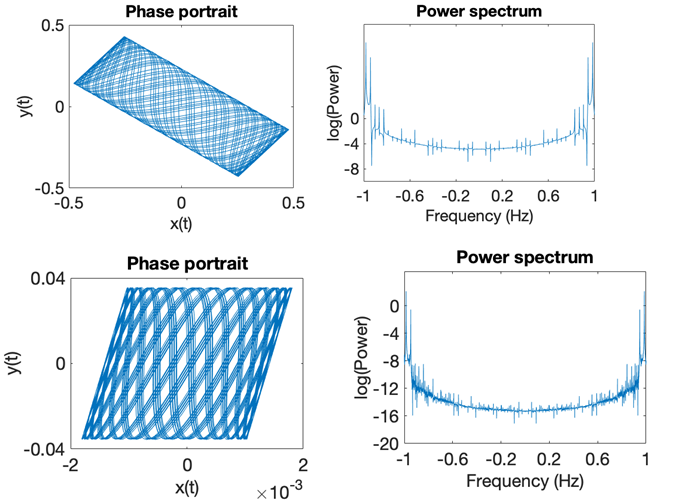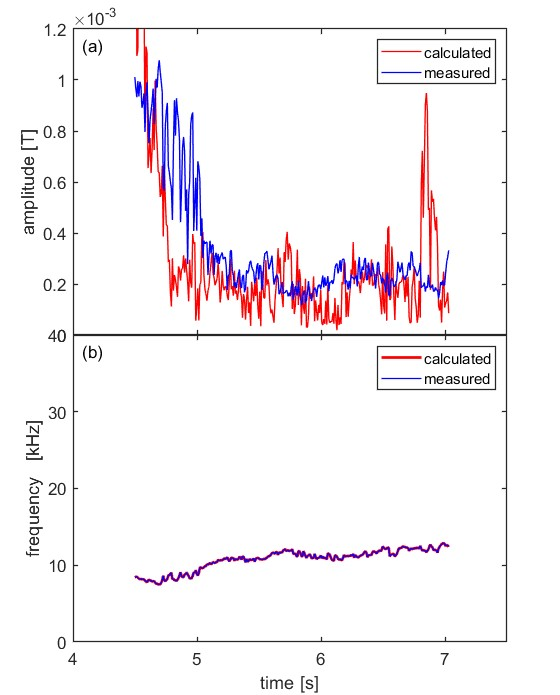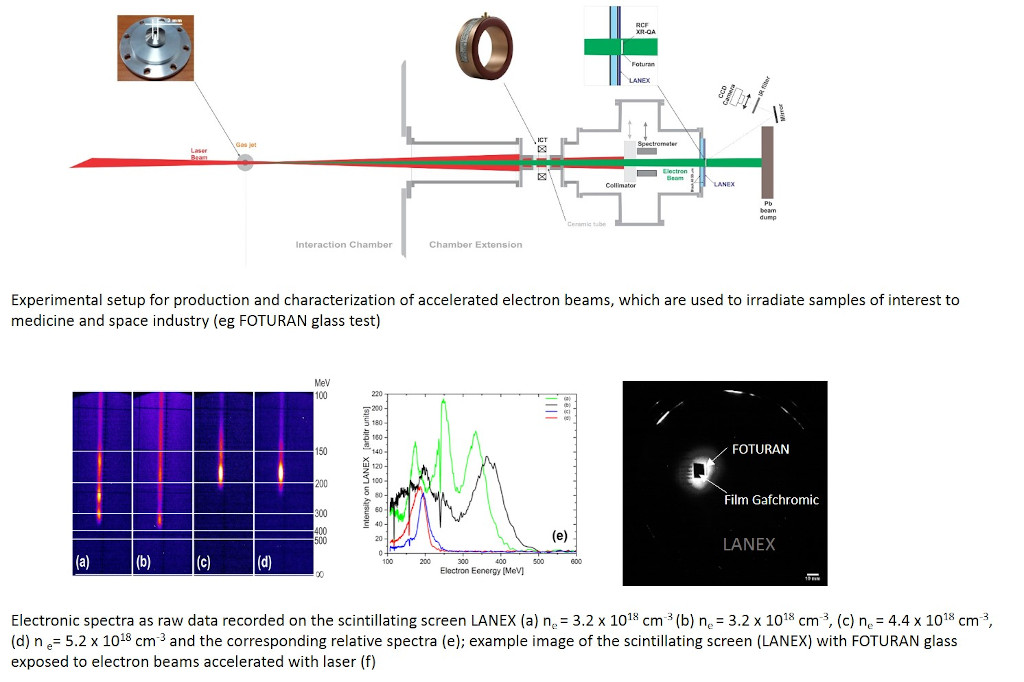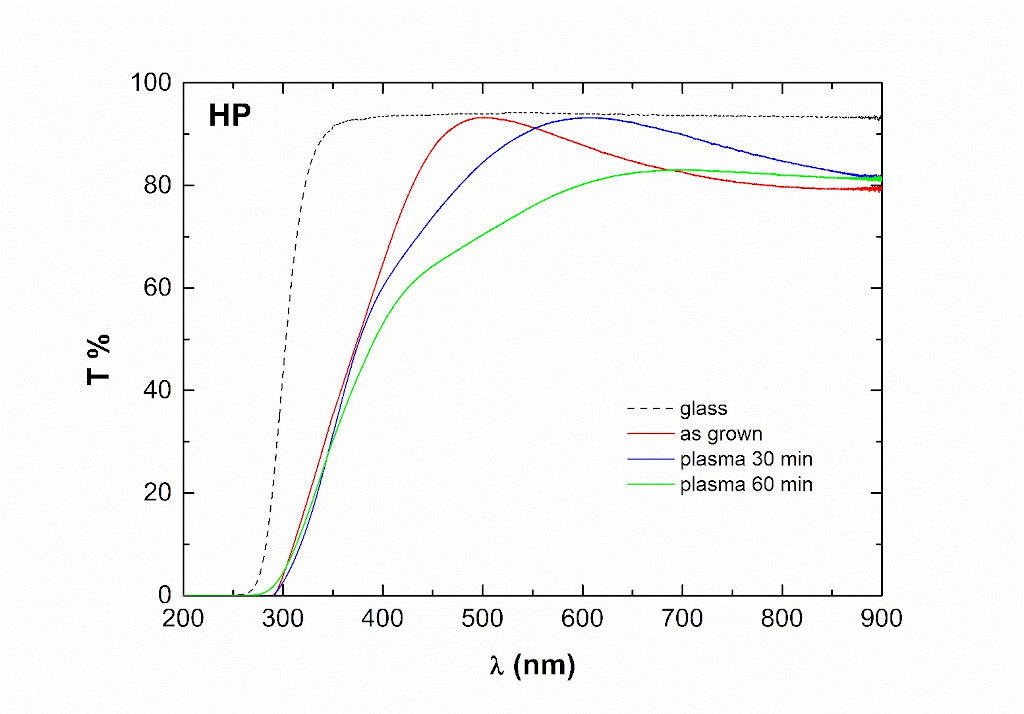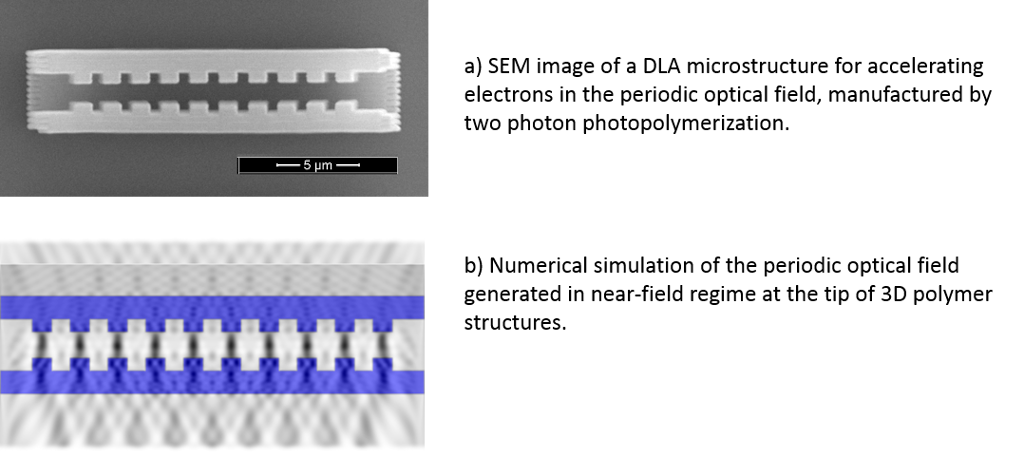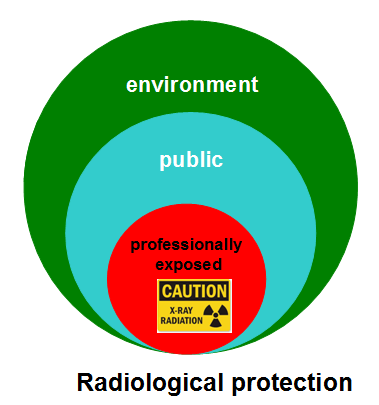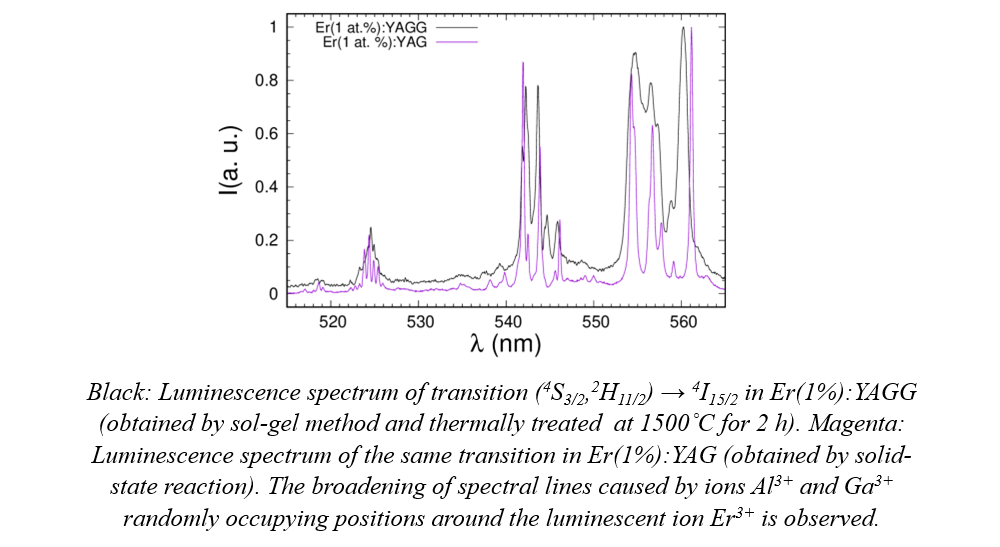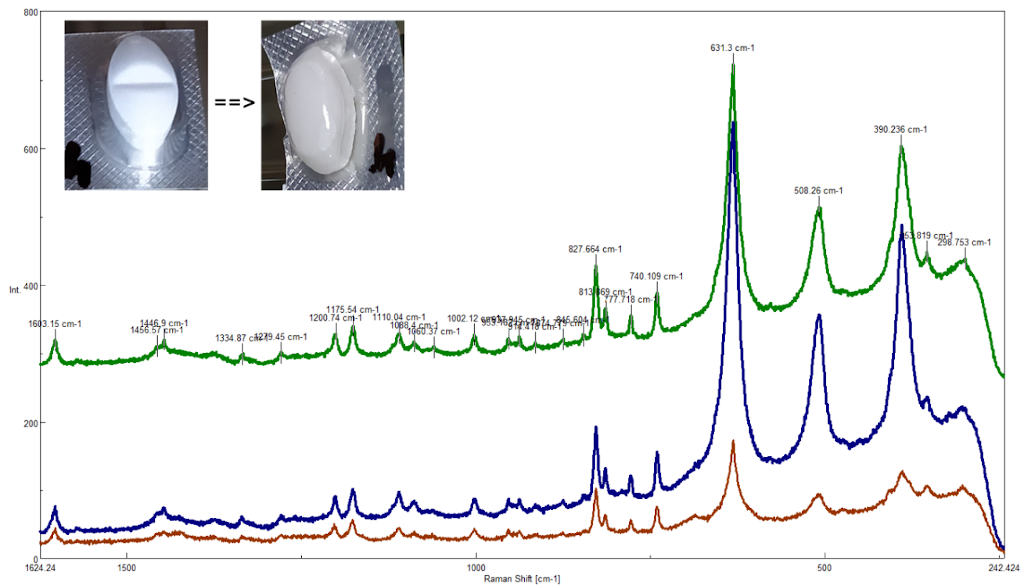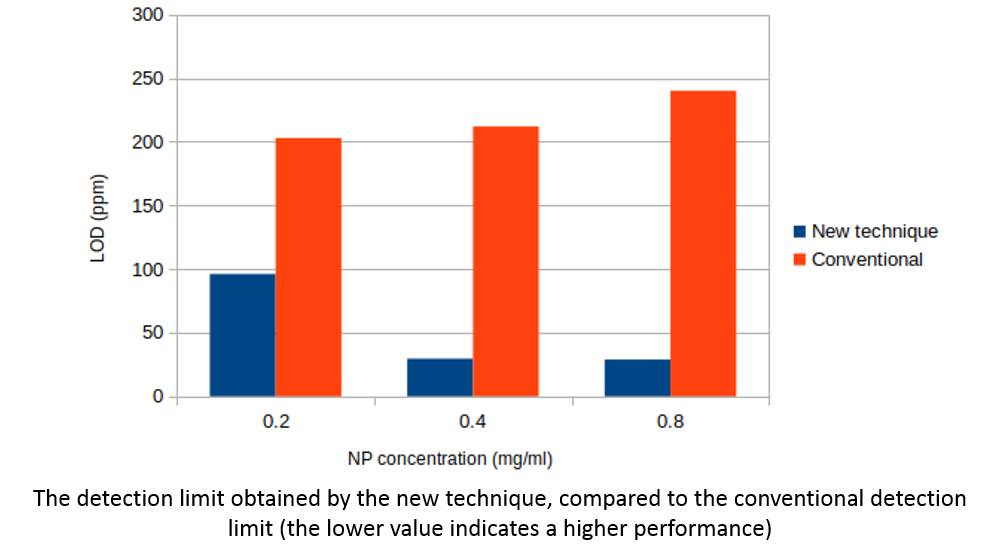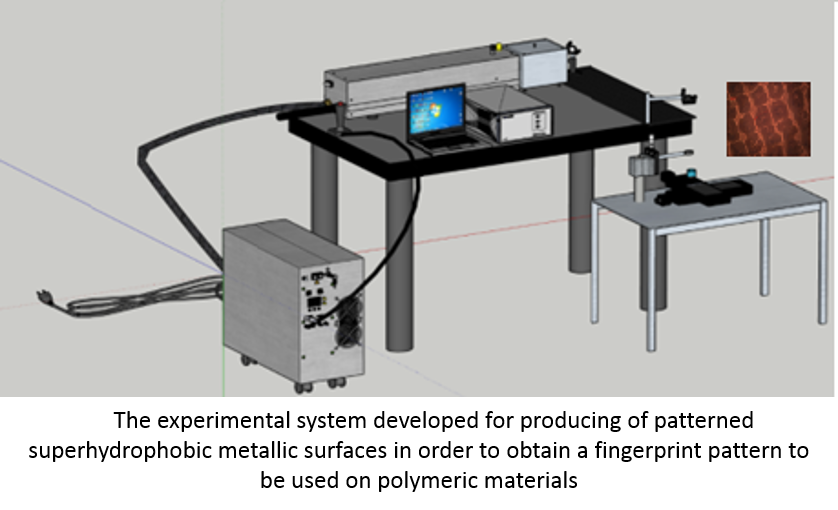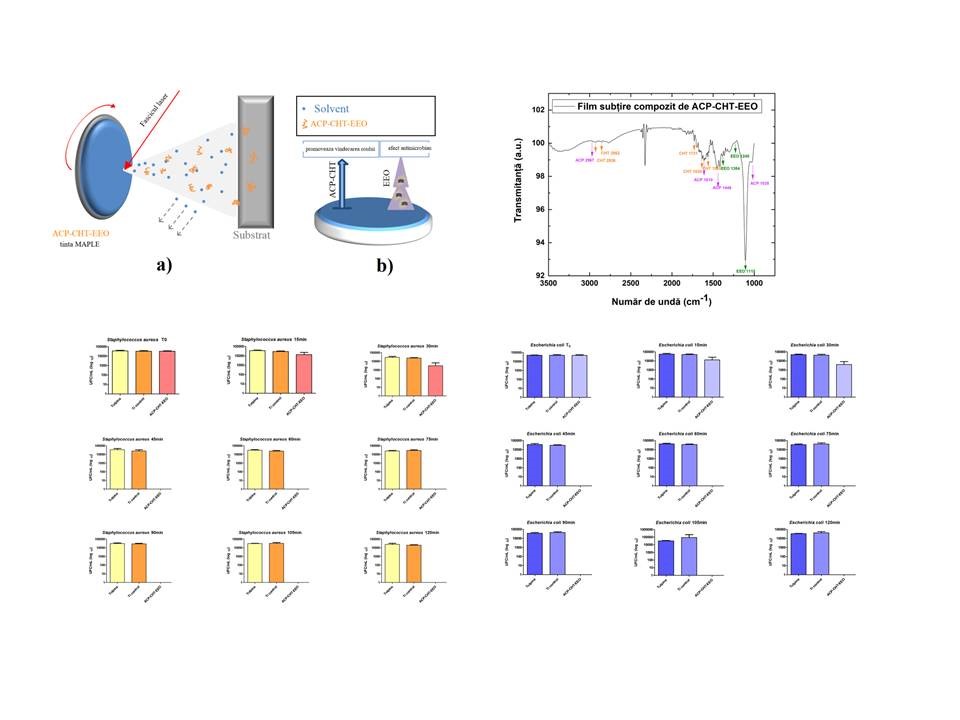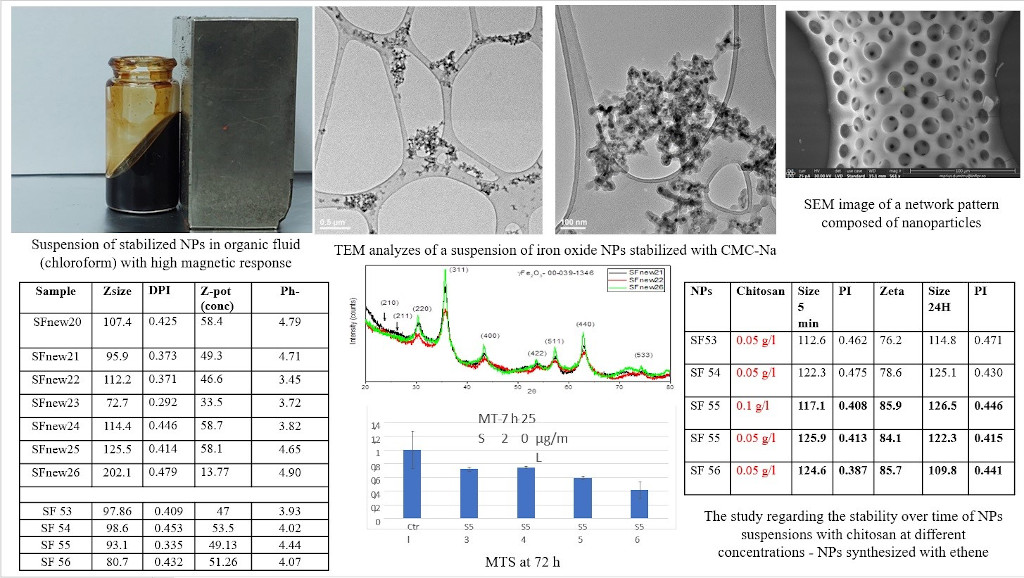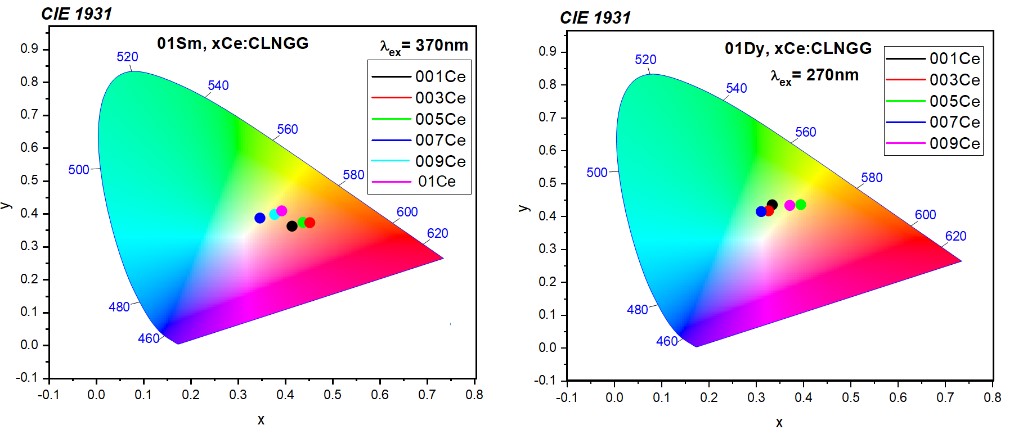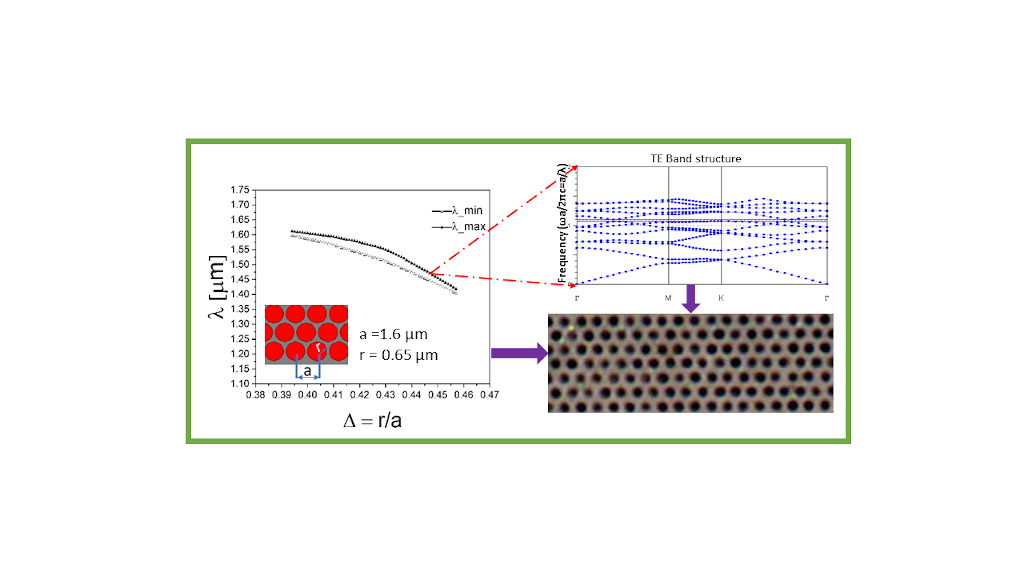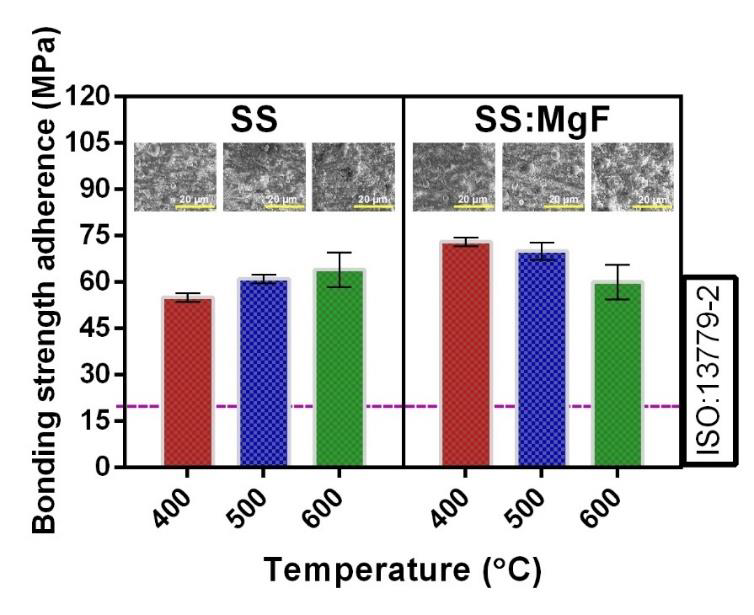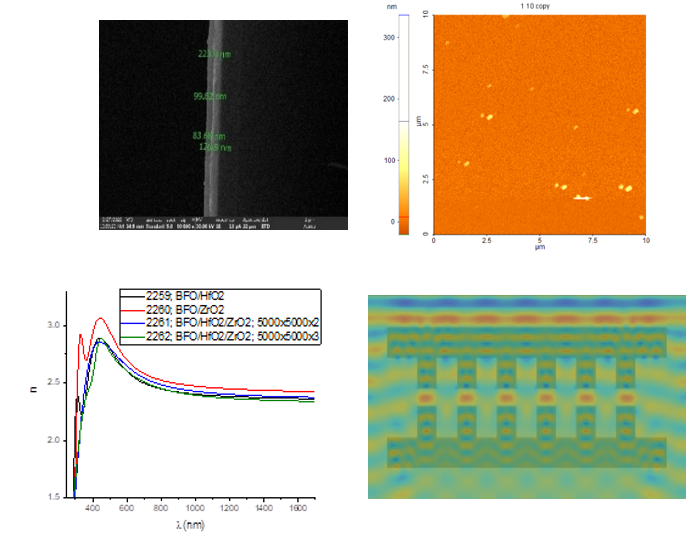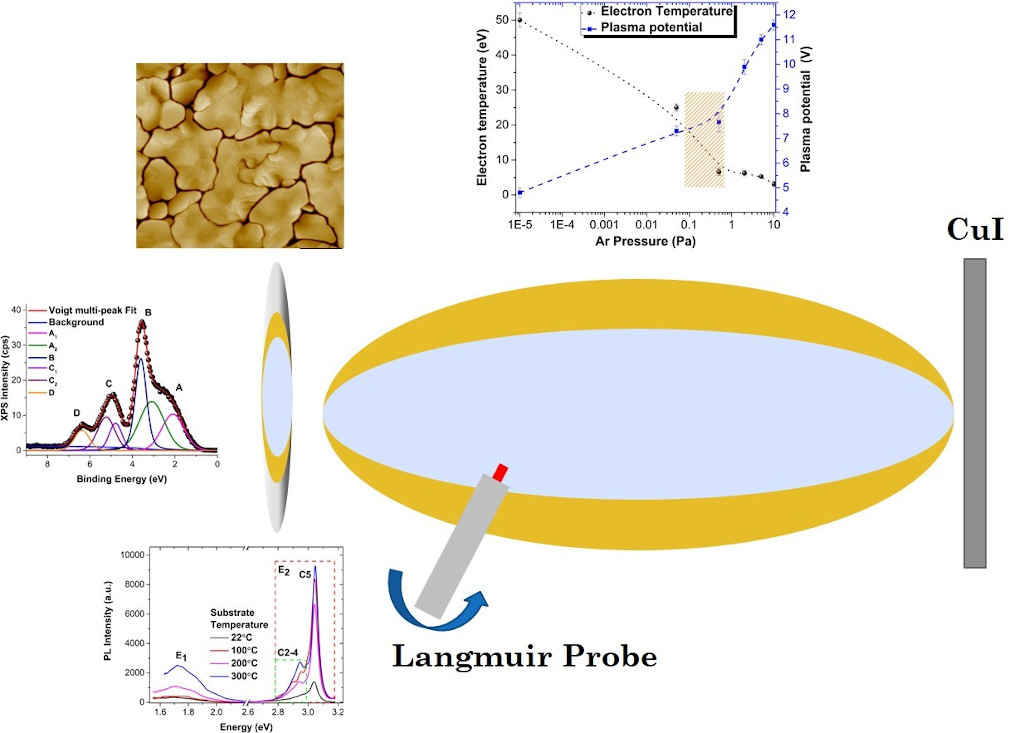
Shema de realizare a proiectului 19 15 01 01 - Anul 2022 - Etapa I
Phase no. 93
Responsible: Dr. B. Mihalcea
Deadline: 14.04.2022
Title: "Proiectarea și realizarea unui cuptor de ioni. Teste preliminare privind excitarea ionilor stocați utilizând un rezonator coaxial"
Abstract: We discuss challenges related to the design of a quadrupole RF trap and an integrated ion source, and especially the issue of minimizing the patch potentials and stray electric fields that render the trapping potențial anharmonic and degrade trap performance. Then, we approach issues related to estimating the trap electric potential and designing a coaxial resonator, in order to achieve impedance adaptation between the RF source and the trap. By calculus, we provide the physical parameters of a coaxial resonator and design the helical coil and magnetic shielding that hosts it. We then discuss classical stability for a dynamical system of two ions levitated in a 3D Radio-Frequency (RF) trap, assimilated with two coupled oscillators. We obtain the solutions of the coupled system of equations that characterizes the associated dynamics. In addition, we supply the modes of oscillation and demonstrate the weak coupling condition is inappropriate in practice, while for collective modes of motion (and strong coupling) only a peak of the mass can be detected. Phase portraits and power spectra are employed to illustrate how the trajectory executes quasiperiodic motion on the surface of torus, namely a Kolmogorov-Arnold-Moser (KAM) torus. In an attempt to better describe dynamical stability of the system, we introduce a model that characterizes dynamical stability and the critical points based on the Hessian matrix approach. The model is then applied to investigate quantum dynamics for many-body systems consisting of identical ions, levitated in 2D and 3D ion traps. Finally, the same model is applied to the case of a combined 3D Quadrupole Ion Trap (QIT) with axial symmetry, for which we obtain the associated Hamilton function. The ion distribution can be described by means of numerical modeling, based on the Hamilton function we assign to the system. The approach we introduce is effective to infer the parameters of distinct types of traps by applying a unitary and coherent method, and especially for identifying equilibrium configurations, of large interest for ion crystals or quantum logic operations. Our method helps in identifying the most suited experimental parameters for operating the trap and coaxial resonator, so as to achieve Coulomb crystals and stable trapping.
Graphic abstract:
The illustrations correspond to different experimental parameters. It is obvious that ion dynamics is periodic or quasiperiodic in most of the cases.
Phase no. 94
Responsible: Dr. G. Miron
Deadline: 14.04.2022
Title: "Calculul 3D al ecuatiilor perturbatiilor ideale in plasma tokamak"
Abstract: A model has been built to be validated by testing the dynamic behavior of the ideal perturbations in tokamak plasmas. The model has been initially validated for the resistive neoclassical perturbations case and now the aim is to also describe the ideal modes behavior. Due to the fact that the ideal perturbations do not suffer a jump of its radial derivative associated perturbed magnetic flux across some inertial layer as in the resistive case, namely there is no such a discontinuity but usually a plasma pressure gradient responsible for the ideal mode, the ideal local perturbation amplitude growth rate and the bootstrap current are simply not considered as in the more general resistive case. The aim of testing our modified model and code is against real discharges where ideal perturbations are reported. Our calculated ideal modes amplitude and frequency are to be compared to the experimental results gathered and subsequently processed by data analysis peculiar software. A good match has been found between our calculated results and the experimental ones leading to an expected model validation also for the ideal perturbations. A handy tool is provided for real plasma discharges, a tool able to be used, due to its proven validity, for the derivation of plasma quantities that are difficult to be derived or for checking various diagnostic data reliability.
Graphic abstract:
Phase no. 95
Responsible: Dr. C. Diplasu
Deadline: 14.04.2022
Title: "Aplicatii ale fasciculelor de electroni accelerati in interactia laser-plasma in medicina, industrie si securitate"
Abstract: In order to develop applications of laser-accelerated electron beams at CETAL-PW, there were identified the experimental laser-plasma parameters (laser pulse energy, pulse duration, focal spot and gas density, etc.) which influence the most the characteristics of accelerated electron beams in supersonic gas jets. The spatio-temporal parameters of the ultra-intense femtosecond laser pulses and those of the gas target (supersonic gas jet) were analyzed, highlighting the methods of variation and optimization, aiming to obtain electron beams with high spatial stability, coaxial with the laser beam, and with continuous or quasi-monoenergetic spectra. It has been shown that jet gas density is a crucial parameter in selecting the types of electron energy spectra with direct implications in choosing the type of applications for which they can be used. Specifically, the exponentially spectra simulate the radiation environment around the planets being of interest to the space industry because it can test electronic components to be used in future space missions (e.g. the European Space Agency's JUICE mission - ESA). On the other hand, accelerated electrons with quasi-monoenergetic spectra in the range of 100 - 250 MeV (so-called very high energy electrons - VHEE) have become in recent years of great interest to the medical community engaged in treating cancer by radiotherapy.
An alternative method of electron fluence evaluation based on electromagnetic pulse (EMP) detection has also been proposed for applications for which it is no longer possible to diagnose the electron beam with the LANEX scintillating screen.
An electron irradiation system has been developed that allows X-Y-Z scanning of samples (biological, electronic, etc.) and preliminary irradiation tests have been performed to develop applications in medicine, space science and security. The total electron beam irradiation dose integrated on all pulses of the test campaign was evaluated at a relatively low value (0.12 Gy), but taking into account that the pulses are ultrashort, i.e. on the order of ps, the dose rate is very high, which can lead to significant effects in certain types of applications.
Graphic abstract:
Phase no. 96
Responsible: Dr. M. Nistor
Deadline: 14.04.2022
Title: "Functionalizarea filmelor subtiri de oxizi in plasma"
Abstract: The effect of functionalization in non-thermal hydrogen plasma on indium oxide thin films was studied by electrical, optical measurements and surface analysis. The optoelectronic properties of the functionalized thin films were improved, obtaining the optimized values for a duration of treatment in non-thermal plasma of hydrogen of 30 minutes. Moreover, the properties of functionalized thin films are reproducible and stable over time.
Graphic abstract:
Phase no. 97
Responsible: Dr. M. Zamfirescu
Deadline: 12.05.2022
Title: "Fabricare de microstructuri in polimeri si sticle pentru microacceleratoare de electroni prin scriere directa cu laser folosind procese multifotonice"
Abstract: At this stage of the project, a method of manufacturing DLA microstructures was developed using a technology based on two-photopolymerization by ultra-short pulse laser. Optimal processing parameters by direct laser writing have been determined to compensate for the thickening effects that apear on the edges of the polymer microstructure due to the non negligible polimerization volume at the edge of the geometry, volum that depends on the laser power. The method developed helps to keep the deviation between design and fabrication dimensions at a level below 5% when the feature sizes is in the range of 1 m. By numerical simulation, the optimal geometries for obtaining the optical intensification effect in the near-field regime were established and the technological steps for obtaining DLA-type structures were proposed. This study opens perspectives for a new research topic, unique at the national level, with an impact on the development of miniaturization of radiation sources.
Graphic abstract:
Phase no. 98
Responsible: Dr. G. Craciun
Deadline: 12.05.2022
Title: "Masurari dozimetrice si evaluarea radioprotecţiei la un accelerator liniar de electroni de 6 MeV; dimensionarea ecranelor de protectie"
Abstract: Radiation protection is an interdisciplinary domain that aims to protect the individual and the environment from the action of a type of radiation, namely those that can produce biological effects. The general principles of radiation protection according to the International Commission on Radiological Protection (ICRP) are: the principle of justification, the principle of optimizing protection and the principle of applying dose limits. In order to ensure radiation protection when a linear accelerator of 6 MeV is used, the protection shields must be dimensioned in such a way that the three principles of radiation protection are fulfilled simultaneously. It identifies the reference documents from the national legislation of the nuclear field as well as the international standards for the calculation of radiation protection shields (ex: Law no. 111/1996 on the safe conduct, regulation, authorization and control of nuclear activities modified in 2018, the Norms regarding the basic radiological safety requirements modified 2018, ANSI/HPS standard N43.3-2008), declares the technical characteristics of the radiological installation involved in the calculation of the shields, declares the calculation hypotheses and the maximum allowed doses and calculates the size of the primary radiation protection shields, secondary and scattered. For the shielding of primary and leakage radiation emitted by a linear accelerator of 6 MeV, a concrete thickness of 120 cm is required.
Graphic abstract:
Phase no. 99
Responsible: Dr. O. Toma
Deadline: 14.06.2022
Title: "Sinteza si proprietati ale pulberilor nanometrice de granati partial dezordonati dopati cu ioni de pamanturi rare"
Abstract: Nano-crystalline powders of Er-doped partially disordered garnets are synthesized by a sol-gel method. The investigated garnets are (Ca2.94Er0.03Li0.03)Li0.275Nb1.775Ga2.95O12 (CLNGG - Calcium Lithium Niobium Gallium Garnet) and Er:Y3Al5-xGaxO12 (YAGG - Yttrium Aluminum Gallium Garnet). YAGG samples with Ga concentrations x= 1.5, 2.5, 3.5 were synthesized. The Er3+ concentration in all the samples was 1 at.%.
Structural characterization by X-ray diffraction puts into evidence the presence of the garnet phase in all the synthesized samples with the crystallites' mean size less than 100 nm. In CLNGG, unwanted crystalline phases are also present, but they do not contribute significantly to the sample luminescence. In YAGG, a thermal treatment was necessary to reduce the concentration of the unwanted monoclinic phase to a negligible level. The thermal treatment also increases the mean crystallite size. The lattice constant of YAGG increases with the increase of the Ga3+ content (its ionic radius is greater than that of Al3+), according to Vegard's law.
The luminescence and absorption spectra of the samples were recorded. The luminescence spectra of YAGG show much broader lines than those of Er:YAG; this can be explained by the disorder induced by the random occupation of the tetrahedral and octahedral sites by Al3+ and Ga3+ ions. The luminescence intensity of the samples increases with Ga3+ content due to the decrease of the maximum energy of lattice phonons with the increase of Ga3+ content (Ga3+ is heavier than Al3+).
Graphic abstract:
Phase no. 100
Responsible: Dr. C. Luculescu
Deadline: 14.06.2022
Title: "Aplicatii ale spectroscopiei laser pentru identificarea combinatiilor de substante active"
Abstract: In this study I tried to evaluate the temperature variation of ibuprofen enantiomers in commercial drug formulations. The study is important both as a method of analyzing the degradation of drug formulations and as a general method of analyzing chiral active compounds. Raman spectra for 5 ibuprofen-based drugs as active ingredients were acquired using visible (532 nm) and near-infrared (785 nm) excitation laser radiation for both the core and the film. The results are severely affected by fluorescence, especially of the film. In general, the signal obtained can be processed to eliminate the contribution due to fluorescence. Raman analysis of ibuprofen-based drugs can be performed non-invasively, non-destructively by NIR laser radiation through blisters with sufficient laser power so that the depth of penetration exceeds the thickness of the films. The study of Raman optical activity as a function of temperature was performed on the core of ibuprofen-based drug formulations in the mid-frequency and low-frequency regions. No differences in Raman optical activity were observed in the mid-frequency area. In the area of low frequencies I managed to highlight changes in optical activity between the vibration modes from ~ 69 cm-1 and ~ 79 cm-1. The difference is small, occurs at 90o polarization for the scattered signal and should be confirmed by quantitative measurements. As it tests the long-range intermolecular vibrational modes (crystallinity), this technique is especially useful for investigating solid-state properties and is suitable for qualitative and quantitative analysis of crystalline and amorphous drugs.
Graphic abstract:
Phase no. 101
Responsible: Dr. I. Nicolae
Deadline: 14.07.2022
Title: "Imbunatatirea sensibilitatii senzorilor prin dezvoltarea unei noi tehnici de analiza a semnalului bazata pe analiza spectrului Fourier a instabilitatilor de faza"
Abstract: The sensitivity and limit of detection of SAW sensors have been improved by developing and implementing a new detection technique based on the acoustic resonance of the chemoselective layers of SAW sensors. This new detection technique consists in the controlled variation of the resonant frequency of the SAW oscillator by modifying the amplification factor from its feedback loop. Due to the nonlinear dependence of the acoustic properties of the chemoselective layer on the oscillation amplitude, the modification of the amplification leads to the change of the resonant frequency. The amplification-frequency characteristic of the SAW oscillator presents elements specific to the acoustics of the chemoselective layer, such as its resonant frequencies. These can be easily highlighted due to the fact that they correspond to a pronounced discontinuity of the amplification-frequency characteristic. The variation of the specific location of this discontinuity can be used as an indicator for the presence of the analyte. The method has been demonstrated for nanostructured thin films, the measurement results indicating an increase in the detection limit from 240 ppm for the conventional technique to 28.8 ppm with the new technique.
Layer-SAW acoustic interactions have been studied for layers of different thicknesses and surfaces, as well as for layers with different Fe3O4 nanoparticle content.
The evaluation of the amplification-frequency characteristics of the layers with different concentration of nanoparticles highlighted effects materialized in changing the position of the frequency jump, the value of the maximum frequency and the presence of characteristics that suggest acoustic effects specific to the polymer without nanoparticle content. The observed effects were explained by the increase of the stiffness of the layers due to the presence of Fe3O4 nanoparticles, and by the increase of the mass of the layers by the addition of high density material.
Graphic abstract:
Phase no. 102
Responsible: Dr. I. Urzica
Deadline: 14.07.2022
Title: "Studierea cu metode optofluidice si complementare a suprafetelor nemetalice modificate prin expunere la fascicule laser"
Abstract: Nanoscience and nanotechnology research is strongly encouraged and developed nowadays due to its positive impact on the development of new areas such as nano-biology, nano-electronics, nano-photonics and micro-and nano-fluidics. Recently, superhydrophobic surfaces, for the which the water contact angle is higher than 150° and sliding angle less than 10°, have received attention due to the many potential applications ranging from biological to industrial processes
The purpose and in the same time the novelty of this phase was to design and develop an innovative, flexible and low-cost system for producing of patterned superhydrophobic metallic surfaces. The main goal of this patterned superhydrophobic metallic surfaces was to obtain a fingerprint device to be used on polymeric materials such as polydimethylsiloxane.
Graphic abstract:
Phase no. 103
Responsible: Dr. C. Ristoscu
Deadline: 14.07.2022
Title: "Filme subtiri de apatita biomimetica- chitosan si uleiuri esentiale cu efect antimicrobian"
Abstract: Recently, antibiotic resistance of microorganisms has become a serious health concern, leading to the development of new strategies to combat nosocomial infections. One solution is to use essential oils to control antibiotic-resistant microorganisms. It has been known since long that natural medicinal plants produce bioactive components that have strong antimicrobial, antifungal, antiviral and insecticidal properties and are of great interest for their use as therapeutic agents.
This phase included the synthesis by the matrix assisted pulsed laser evaporation technique (MAPLE) of functionalized thin films and their characterization. Thin films of apatite-chitosan-eucalyptus essential oil (ACP-CHT-EEO) were synthesized by MAPLE using a KrF* excimer laser source with λ = 248 nm and τFWHM≤ 25 ns. Studies were performed to establish the optimal fluence, solvent, as well as the geometry of the experimental set-up in order to obtain uniform, homogeneous and adherent coatings. Subsequently, the obtained films, with a thickness of approximately 650 nm (measured with a profilometer XP2 Ambios (USA), with 0.1 nm vertical resolution and having an optical deflection height measurement sensor), were subjected to complex morphological, compositional and biological investigations. The surface morphology is characteristic to laser-deposited structures, composed of round-shaped nanometric droplets (attributed to CHT) and particles (of various shapes, resulting from the dispersion of essential oil in the ACP-CHT matrix), the latter having a negligible impact on homogeneity of MAPLE coatings. All these observations were also confirmed by atomic force microscopy investigations.
The integrity of the chemical functions and the stoichiometry of the unaltered deposited material was demonstrated by Fourier transform infrared spectroscopy (FTIR). ACP-CHT-EEO functionalized MAPLE coatings, although they showed a strong inhibitory character on the investigated microbial strains, respectively Staphylococcus aureus, Enterococcus faecalis, Escherichia coli, Pseudomonas aeruginosa showed an increased degree of cytotoxicity.
Therefore, takinf into account the results of the characterizations carried out in this phase, the following investigations should be directed towards identifying the optimal material recipe (a lower concentration of eucalyptus essential oil) for which the manufactured films can provide a broad spectrum of antimicrobial protection (also for fungi) simultaneously with a significantly improved biocompatibility.
Graphic abstract:
Phase no. 104
Responsible: Dr. Fl. Dumitrache
Deadline: 15.08.2022
Title: "Dezvoltarea de retete tehnologice pentru prepararea de nanofluide magnetice stabilizate pentru aplicatii bio-medicale sau farmacologice"
Abstract: This study is focused on the development of technological solutions regarding the synthesis of nanoparticles through laser pyrolysis, and their protection using stabilizing agents. Three parametrical studies are carried out: (i) the use of ethylene (C2H4) as sensitizer gas and the influence of oxidant ratio from the reactive mixture in the synthesis of iron oxide NPs; (ii) the use of isopropanol as sensitizer and the influence of the total reactive flow and, by extension, the flame residence time on the structure and morphology of iron oxide NPs; and (iii) synthesis of TiO2-based NPs with catalytic properties following the influence of the decorative (Pt, Pd) or the doping (V, W) element and of the decorating/doping level; essentially following the preparation of hybrid magnetic/photocatalytic nanostructures.
The laser pyrolysis synthesized powder are analyzed through XRD, EDS, XPD, BET, and TEM, and then evaluated for their magnetic properties. Under determined condition, SPION are obtained with crystallite dimension between 4-10 nm, with high saturation magnetization (30-100 emu/g) and facile dispersion in aqueous media. Noble metal decorated TiO2-based powders are analyzed from a morphostructural point of view, subsequently, the photocatalytic effect is highlighted by the degradation of CH3OH under simulated solar light. Starting with those NPs which have promising morphostructural features, the optimization of the preparation process for stabilized suspension of magnetic NPs in biomedical fluids, and their integration in ordered microstructures attained through self-assembly is studied. Therefore, the stability of NPs in organic fluids (toluene, chloroform or DMSO) is evaluated, using oleic acid as stabilizing agent, obtaining remarkable results (Z-average ~ 50-100 nm, constant in time). Using distilled water as fluid for the obtained iron oxide NPs from both procedures, generates a favorable electrostatic stability as long as the pH is slightly acidic (~4.5 – 6.5). Measured DLS size values are between 100-300 nm, while Zeta potential values are 35-45 mV. For acidic media, the use of chitosan as stabilizing agent has resulted in stable suspensions with constant Z-average values of ~100 nm and Zeta potential over 60 mV, both characteristics of extremely stable suspensions over time. For PBS as a fluid, a preparation method using L-Dopa as stabilizing agent is developed, preliminary testing indicating a slight diminish of cellular viability when the growth medium is exposed to the stabilized NPs suspension. Using self-assembly methods, crystal-colloidal-like patterns are attained from polystyrene, for their use as scaffolds. Evaluation of their ordering level being illustrated through SEM analysis.
Graphic abstract:
Phase no. 105
Responsible: Dr. C. Gheorghe
Deadline: 14.09.2022
Title: "Noi sisteme si procese de sensibilizare a emisiei in materiale active cristaline si ceramice dezordonate compozitional. Mediu cristalin Er3+: ABC3O7 pentru emisie laser la 3 μm cu aplicatii in medicina si biologie"
Abstract: I. The purpose of the investigations at this stage is the spectroscopic characterization of the garnet-type ceramics Ca3(Nb,Li,Ga)5O12 (CLNGG) doped with Ce3+ ions and co-doped with RE3+ ions (Sm, Dy) as well as with two-ion systems (Sm, Dy) and (Tb, Dy) and three ions (Sm, Dy, Ce) and (Sm, Tb, Ce) to evaluate them as laser materials or phosphors in the visible range. Thus, new luminescent systems with emissions in the white spectral range have been identified based on energy transfer between selected dopant ions in different ionic combinations. By changing the concentration of dopant ions and selecting an appropriate excitation wavelength, white emission was obtained in CLNGG samples doped with two ion systems (Ce, Sm) and (Ce, Dy). The results obtained on these co-doped ceramics suggest that they can be potential materials for phosphors with white emission. Other researches are ongoing.
II. SrLaGa3O7 doped with Er3+ and co-doped with Yb3+ (SLGO :Er: Yb) bulk crystal was grown successfully by the Czochralski (Cz) method in our laboratory Solid-State Quantum Electronics. The XRD spectrum clearly highlights the presence of the unique tetragonal phase with the space group P-421m. The transmittance and fluorescence spectra of Yb,Er: SLGO crystal were measured and investigated. Five pump wavelengths are investigated: 300 nm, 488 nm and 825 nm, 894 nm and 975nm ( corresponding to upconversion pumping). The highest transmittance can reach 76% at 3000 nm when we measure perpendicular to the growth of the crystal (sample 4).The results show that Yb,Er: SLGO crystal is an excellent mid-infrared laser gain material.
Graphic abstract:
Phase no. 106
Responsible: Dr. I. Anghel
Deadline: 14.09.2022
Title: "Microstructuri fotonice obţinute prin procesarea materialelor semiconductoare cu pulsuri laser ultrascurte"
Abstract: The main objective of this project consisted in the numerical modeling and experimental realization of photonic crystal microstructures induced by ultrashort laser pulses in semiconductor materials with high refractive indices (nZnO = 2 and nTiO2 = 2.14) with multiple applications in optics and photonics fields. Photonic crystals are periodic structures artificially created that possess photonic bandgaps at certain frequency ranges where light is not allowed to propagate through the structure. They consist of the alternation of two materials with different refractive indices and high contrast. The periodic micro-structuring of semiconductor materials induces forbidden photonic bands for specific spectral ranges of high interest in photonics. The spectral width of the forbidden bands is determined by the symmetry of the periodic micro-structured lattice and its characteristic parameters. The Plane Wave Method (PWM) was used to obtain, by numerical calculation, the band gap diagrams of the photonic micro-structures. The photonic crystals were experimentally produced by processing of zinc oxide (ZnO) and titanium dioxide (TiO2) films with ultrashort laser pulses. The studied photonic crystals consist of a lattice of holes arranged in a triangular geometry with the period a = 1.6 µm and a = 1.7 µm, respectively. The results obtained by numerical calculations were in good agreement with the experimental ones obtained by processing with ultrashort laser pulses.
Graphic abstract:
Phase no. 107
Responsible: Dr. L. Duta
Deadline: 13.10.2022
Title: "Rolul temperaturii de depunere in modificarea proprietatilor mecanice ale straturilor subtiri de hidroxiapatita de origine naturala sintetizate prin PLD"
Abstract: We report on the fabrication by Pulsed laser deposition technique of simple (SS) and doped (SS:MgF) hydroxyapatite thin films of natural origin (derived from sea-shells). To evidentiate the role of the deposition temperature on the modification of mechanical properties of the synthesized structures, the Ti substrates were heated to 400, 500 and 600 °C, respectively. Before being submitted to pull-out bonding strength tests, the synthesized layers were analyzed from the structural, morphological and compositional points of view. Thus, the XRD investigations demonstrated the existence of a HA phase in all synthesized layers. The FT-IR analyses evidenced the main bands specific to phosphate groups, which are characteristic to a HA-type structure. The SEM investigations evidenced the deposition of structures with rough morphologies, made up of droplets, reported in the literature as friendly medium for cells’ culture. The EDS measurements shown that the values of the Ca/P ratio were similar to the ones inferred in the case of biological-origin apatites. Considering the pull-out bonding strength adherence tests, in the case of SS and SS:MgF structures, values superior to both control Ti and standards regulating the case of implant coatings for applications with high biomechanical loads (> 15MPa). In the case of SS structures, the increase of the adherence values with the deposition temperature was observed, whilst for the doped ones (i.e., SS:MgF), superior adherence values were identified, correlated to a decrease of these values with the deposition temperature. This result was related to a possible influence of MgF on both the morphology and crystallinity of the synthesized structures.
Taking into account the mechanical, structural, morphological and compositional results, one one hand, and the fact that the base materials are cheap and derived from sustainable resources, one can conclude that simple (SS) and doped (SS:MgF) BHA materials can be considered as viable substitutes to synthetic HA ones for a wide range of implantological applications.
Graphic abstract:
Phase no. 108
Responsible: Dr. N. Scarisoreanu
Deadline: 13.10.2022
Title: "Optimizarea proceselor de obtinere a micro-nanostructurilor dielectrice pentru integrarea acestora in dispozitive de accelerare de electroni"
Abstract: During this stage, thin films and heterostructures of dielectric and piezoelectric materials (such as HfO2, ZrO2 and BFO) were obtained and then investigated morphologically, optically and dielectrically. Optical characterization indicates that the oxide samples approach the values characteristic of bulk materials with an increase in the number of pulses, indicating the large number of defects or amorphous structure that is formed initially. In the case of heterostructures it is noted that the refractive index of ZrO2 is slightly lower than expected. Samples with BiFeO3 coatings show a normal response for this material, except for two samples. Dielectric measurements indicate large variations in their physical properties attributed to differences in crystallinity, roughness and interface effects. However, the dielectric losses encountered in these samples are generally high.
A code was developed to simulate the distribution of electromagnetic field in dielectric structures under optical pumping and also calculate the acceleration of electrons based on it. The current form of the code allows the calculation of the electromagnetic field components for periodic structures and the variation of their parameters to identify the geometries with the highest field concentrations. The electron acceleration part is functional, but first the problem of their synchronization with the electromagnetic field has to be tackled, which leads to very low final accelerations, the maximum reached being only 0.05%.
Graphic abstract:
Phase no. 109
Responsible: Dr. Sf. Irimiciuc
Deadline: 13.10.2022
Title: "Optimizarea în timp real a procesului de depunere de straturi subțiri prin utilizarea concomitent a doua sau mai multe tehnici complementare de diagnoza plasmei"
Abstract: CuI thin films were deposited by pulsed laser deposition in various Ar atmosphere. Control over the morphology, structure and defect nature of the deposited film was attempted by in situ plasma diagnostics. The deposited films showed stoichiometric crystallinity on the full range of experimental condition with no residual oxidation, as per XRD and XPS measurements. Band gap tailoring was achieved only by controlling the plasma ion kinetic energy with optimum conditions being defined by Cu and I ions with kinetic energies surpassing 200 eV. Variation in Ar pressure leads to the changes in the nature of vacancies from VI +Cui to predominantly VCu. In situ plasma measurements revealed that the addition of Ar leads to the preferentially scattering of the Cu ions in the plasma which subsequently leads Cu ions energy losses. This energetic imbalance in the plasma is reflected in the disappearance of interstitial Cui vacancies and the increase in VCu. The generation of Cui vacancies is possible in high temperature plasma and low plasma potentials (Te > 20 eV and Vp < 8 V) conditions. The increase in plasma potential balances the accelerations during expansion and maintaining a high average temperature at the substrate inducing crystallinity even above 5 Pa or Ar.
Graphic abstract:

